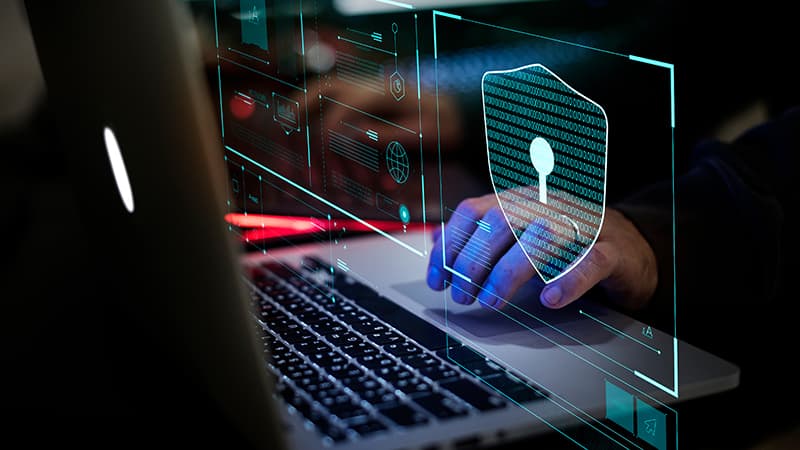AI in Forensic Knowledge: 5 Ways that AI is successful in Offender Investigation
Fingerprints and evidences. Offences and investigations. Magnifying spectacles and test accounts. Detectives and forensic experts. Sidney Sheldon and Goodfellas and Get Me in the event that Can…you get the idea. We’re definitely discussing crime thrillers and everything the paraphernalia we can relate this genre with.
Take into account the previous time you noticed or find out about a criminal inspection being completed. Was it only the cops or the CBI or such equivalent exploration body typically interacting with the complete case? Although it is often folks from these domains who ostensibly manage such investigations, another very dominant branch that also plays a part in a great level to these situations is the forensic section. Whether it’s coordinating fingerprints, executing postmortem or producing forensic information, this department does indeed everything. With rapid complex advancement in every the fields, especially in the area of inspection and forensic knowledge, Artificial Intellect has effectively made its grand accessibility into this domains as well! How is AI being integrated in neuro-scientific forensic science?
let’s take a look at the role of AI in forensics:
1. Inspection IS FUN, BUT CAN WE SAY THE SAME ABOUT CONSOLIDATING DATA?
Forensic investigation requires comprehensive research collecting of information from different options and then consolidating the same to be able to reach at rational conclusions. As the procedure for vigilantly deriving such data from ‘strange’ sources could possibly be a effective and interesting job, controlling large chunks of data can frequently be perplexing and chaotic. AI can help forensic experts with controlling data effectively and doing meta-analysis at various levels through the investigation. This may save a great deal of time and also ensure that forensic researchers have sufficient time and inclination to focus on other important duties!
2. Ok…BUT WILL AI ALSO MAKE SURE THAT ALL OF THIS DATA IS OBTAINABLE? YES!
AI realizes that it’s not sufficient to basically accumulate and analyse information. The accumulated data must be easy to get at to the worried get-togethers, so that it can be retrieved at any point of energy when it’s required. Therefore, AI technology can be employed to get ready repositories of data, such that it can be systematically stored in your systems and retrieved as so when required.
3. “EVENTUALLY, EVERYTHING CONNECTS…” AND AI MIGHT HELP YOU RECOGNIZE THESE Habits!
“Eventually, everything connects…” is a declaration by Charles Eames. So that an investigator, it’s important to identify these intricate links to be able to hook up two and two mutually and complete the complete picture. However, frequently, patterns can be quite specific and intricate and so difficult to keep an eye on. That is why researchers often take the help of modern tools to identify such habits. AI technology can help with habits such as discovering different elements of 1 image; detecting habits in messages and text messages; and corresponding new information with different kinds of existing data in the machine databases. Additionally, it may help with complementing suspect information with the prevailing police records and intimating researchers of any prior unlawful activity that the worried suspect might have been involved in.
4. “BUT…WHERE’S THE DATA?” ASKED EVERY INVESTIGATOR EVER.
Yes, we’re chatting evidence – the most important facet of every criminal analysis. Without sufficient information, every hypothesis and debate may be rightly negated, however relevant or obvious it could intuitively look. And AI technology can add significantly to the investigator’s frequent quest for research. For instance, it can produce circumstance stories and design of hypothetical situations which can help researchers examine the given idea in the right way. Moreover, the many statistical tools made available from AI help formulate reasonable evidences that help successful investigations of legal cases.
5. IT’S NOT ONLY ABOUT GATHERING AND STORING DATA…AI COULD BE VERY AN ANALYST, TOO!
We realize that non-AI computational techniques also are present in studying information. However, these procedures may often not focus on large quantities of data. And that’s where AI technology steps in. Manufactured Intellect can help researchers evaluate large chunks of data through the use of statistical and probability-based key points. Data mining, that involves the breakthrough of habits in data by making use of machine learning and statistical tools, can be of substantial assist with the criminal offense branch.
So there! That was our set of efforts that AI can make to the field of forensic research and criminal analysis. Criminology and forensics isn’t only about making use of various techniques and examining evidences to attain rational inferences – it also consists of intuition, willing observation skills and awareness. And technology is an unhealthy substitute as it pertains to these typically individuals qualities.



